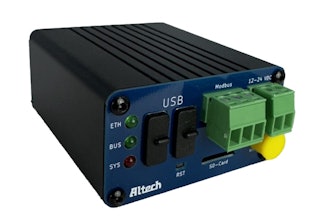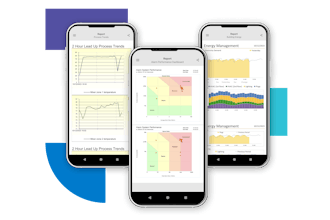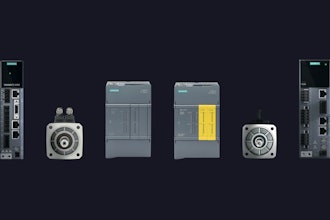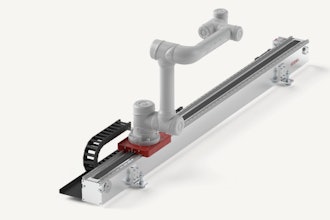
Warehouses today are technically advanced powerhouses enabling faster order fulfillment and other direct delivery solutions to achieve new levels of customer service. As ecommerce has continued to grow, these warehouse spaces have evolved into both distribution and fulfillment centers designed to keep goods moving through them, with warehouses as a transit place between delivery and a consumer’s doorstep.
Sophisticated technologies are the driving force behind these changes in the warehouse environment. Without them, delivery choices like next-day delivery and even same-day delivery wouldn’t be an option. In an industry where consumer purchasing habits are constantly changing, retailers must maintain their ability to deliver goods quickly to avoid losing their customers. As a result, this fast-moving trend is impacting delivery processes and strategies, and it’s a driving force behind the transformation of today’s modern fulfillment and distribution centers.
Enhancing the Tech-Enabled Warehouse
The technology used in today’s warehouses is of the highest order. From warehouse management systems (WMS) to rugged mobile computing devices to advanced sensors, warehouses are leveraging the latest innovations to optimize their operations and enhance the worker experience – resulting in faster customer delivery experiences, streamlined work environments and improved safety. In fact, according to Zebra’s 2024 Warehouse Vision Study, 77 percent of surveyed decision makers believe augmenting workers with technology is the best way to introduce automation in the warehouse.
As employees become more comfortable using these mobile, worker-friendly computers, other means of collaborative automation, such as robotics and automated order fulfillment systems, can follow.
Overcoming Labor Shortages
Fulfillment centers are finding it difficult to hire enough workers to keep up with demand, which is why many are turning to new technologies, like automation and robotics, to fill this gap and complement their current workforce. Utilizing robots to help fill the worker gap is beginning to help fulfillment centers reduce the burden of manual tasks on workers, allowing them to focus on high-value activities. Allowing robots to take on some of the more repetitive or physically grueling tasks can also relieve employees of physical labor that can lead to injuries or long-term health issues.
These new technologies fill the labor gap that currently exists, and they can also be used to help attract new types of employees and talent. Offering advanced technology in fulfillment and distribution centers is helping to reduce time spent onboarding, and ensure employees are more comfortable. Achieving more interesting work paradigms in warehouses and attracting a new generation of workers should be a priority for employers trying to overcome the labor shortage and connect with new talent.
Combined with technology-equipped employees, intelligent automation is beginning to streamline operations in fulfillment and distribution centers and help create growth strategies in reaching higher levels of automation.
Looking Ahead
As warehouses adopt more intelligent automation solutions, both around visibility and operations, they will be able to handle much greater volumes and faster delivery times. These visibility solutions rely on infrastructure-based sensing and tracking of real-time warehouse flow to monitor inventory levels and reduce out-of-stocks.
On the other hand, operational solutions reduce non-value add time for employees, such as leveraging coordinated zone picking to reduce the need for employees to walk across a warehouse to find the items they need. Another example of operational solutions is the use of collaborative robots known as cobots, which collaborate with the human workers to rapidly deliver items to shipping and reduce unnecessary walking.
Fully automated warehouses are not as far off as we might think. With technologies constantly upgrading and consumer demands growing, companies are doing everything they can to become more accurate and efficient than ever before. Although there is a shift already taking place in the warehouse, this trend will become more noticeable as retail and warehouses continue to merge into one fulfillment center, all with the intent of delivering packages ever faster and more accurately to the end consumer.
As this shift in the industry progresses, distribution centers will be built closer to the end customer and will be extremely connected and automated; and are all likely for the future of fulfillment in order to help process faster than next-day deliveries. The days of consumers getting all their merchandise from one store or fulfillment center are long gone as companies continue to open more distribution and fulfillment centers in different areas to decrease turnaround time.
Curt Croley is the Senior Director of Innovation and Design at Zebra Technologies.






















